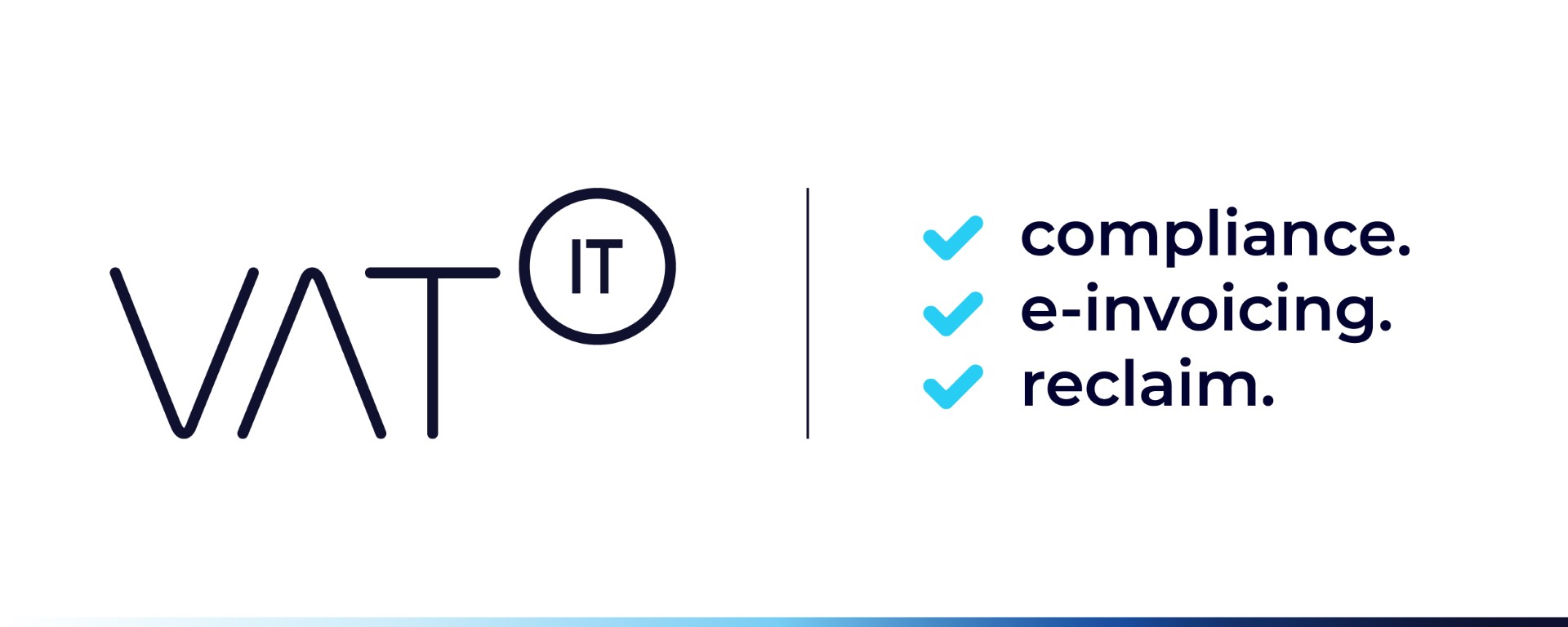- Interlining is common in Canada’s transportation and logistics industries for efficient freight transfer.
- Understanding GST and HST implications is crucial for carriers and freight companies.
- Interlining involves cooperation between two or more carriers under a single contract or bill of lading.
- GST/HST rules apply to interlining, with zero-rating for continuous freight movement between carriers.
- If the first carrier charges for the entire service, GST/HST is zero-rated; if billed separately, each carrier must charge the correct tax.
- Zero-rated services allow for input tax credits, but proper documentation is necessary.
- Incorrect tax application can lead to audits, denied credits, or penalties from the CRA.
Source: sdtaxlaw.ca
Note that this post was (partially) written with the help of AI. It is always useful to review the original source material, and where needed to obtain (local) advice from a specialist.
Latest Posts in "Canada"
- Leveraging the Taxpayer Bill of Rights During a CRA GST/HST Audit
- New GST Voluntary Disclosure Guidelines: Major Changes to CRA’s VDP Now in Effect
- Navigating GST/HST on Domestic and International Freight Transportation Services in Canada
- Final 2025 GST/HST Credit Payments Released for Eligible Canadians on October 3
- Ensuring Compliance: Québec’s Uniform Fiscal Documentation and Reporting Requirements














